New Zealand’s freshwater has been under threat for some time: farming practices, land usage, irrigation, industry and urbanisation have all added to the downward trend of water quality statistics to say nothing of water availability.
It is not as if governments have not made attempts to change the direction of water trends, but in the face of the pressure of agricultural, industrial and urban demands for water, the rivers themselves have very definitely come off second best and water quality monitoring has continued to trend in the wrong direction.
Something was needed to reverse the decline; almost everyone acknowledges that there are problems to be fixed.
Enter “Te Mana o te Wai” (The mana of the water). Introduced as a concept in the 2014 National Policy Statement – Freshwater Management (NPS-FM), Te Mana o te Wai was elevated in the latest 2020 version of the NPS-FM to a principle that puts the health and well-being of freshwater bodies at the forefront of decision-making about water.
Te Mana o te Wai contains a hierarchy of obligations in this decision-making:
First priority: the health and wellbeing of water
Second priority: the health needs of people
Third priority: the ability of communities to provide for their social, economic and cultural wellbeing
This does not mean, however, that the water needs to be restored to a pristine state before other needs can be addressed. However, Te Mana o Te Wai may limit the amount of water resource available for some uses, particularly in areas where it has been over-allocated for industry and farming in the past. This should assist in driving change in both rural and urban settings.
Implementing Te Mana o Te Wai requires specific actions to be undertaken by three parties:
- Regional Councils
- tangata whenua, and
- communities
As set out in the Resource Management Act, the Regional Council is the lead agency responsible for implementation of the NPS-FM 2020, including actions specific to implementing Te Mana o Te Wai by 2024. Implementation will require a Regional Council to work in partnership with tangata whenua and engage with communities in the region to determine what Te Mana o te Wai will look like. Environment Canterbury has already started that process with Ngāi Tahu. It has already started to provide advice regarding the impact of Te Mana o Te Wai principles on the decision-making process.
Te Mana o te Wai in each region is likely to have a different flavour depending on its water sources and needs. The Ōpāwaho Heathcote River Network looks forward to participating in these discussions. In determining the outcome for Canterbury, there are difficult decisions to be made which almost certainly will mean that the status quo is not the result.
Hopefully, thanks to the new hierarchy of Te Mana o te Wai, the slow revival of our freshwater bodies is about to accelerate.
